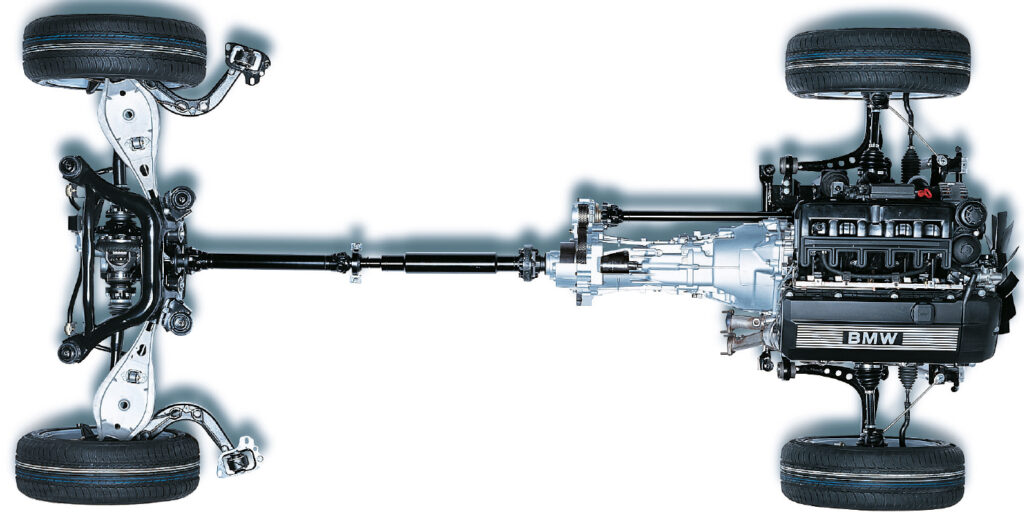A good majority of our time is always taken educating our customers on the what, when and why of vehicle maintenance. If they heed it, the advice we give can save them a lot of time, money and frustration, and us too.
A frequent question is one about the use of tire sealers in a can, and the consequences of it can be far greater when TPMS systems are involved. Don’t get me wrong, these sealers can be effective in a pinch and I’ve never been opposed to stashing one in the trunk, especially on a long trip. But it’s important for your customers to know the facts surrounding their use and the TPMS system on their car.
You’ll hear different arguments about whether or not they are TPMS sensor safe, and most of the tire sealer manufacturers tell you that they are indeed safe. It is true that in recent years, new formulations have been made to make these products less corrosive and non-explosive, but there are still details that get overlooked.
Most of the labeling will state “Tire Sensor Safe,” and it’s highly unlikely that any immediate damage will occur to a sensor, but if you read past the large print, the manufacturers tell you that as soon as possible, the vehicle should be taken to a professional repair facility, the tire permanently patched or plugged, all of the residue from the sealer removed and cleaned out from the tire and the TPMS sensors should be thoroughly cleaned.
It’s important to point out that if these sealers are left in a tire for an extended period of time, they can cause corrosion and damage to the tire, wheel and TPMS sensor, and here are some additional tips to lend to your customers:
- These sealers are a mess, take a long time and burn up shop supplies to clean, neither of which is free.
- These are designed for emergencies and not intended as permanent repairs. In the case that it works effectively, what’s the first thing that we are all guilty of? “It’s holding air; I’ll go tomorrow.” All of a sudden, it’s a week, then a month. You get the idea.
- New formulations may be less corrosive, but who knows how old the can in the trunk is and it might work just fine but do damage much quicker.
- These may work for small punctures but won’t on major damage and once it’s out of the can, it’s a mess regardless of the result.
- Some auto manufacturers specifically warn against it, and its use could affect the warranty on any TPMS components.
Knowing the facts and using these sealers properly is the name of the game. Keeping a can of it on the counter is a good conversation starter and a way to educate your customer before they bring you a mess.














